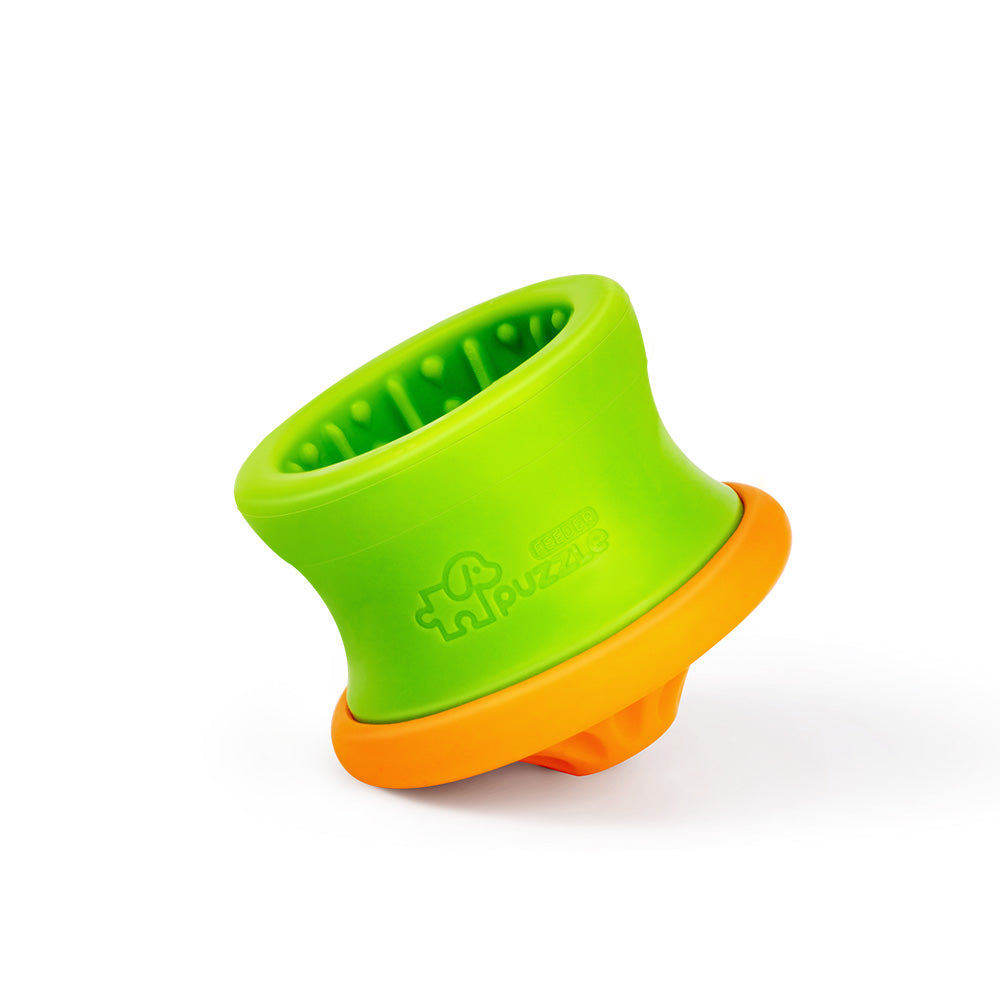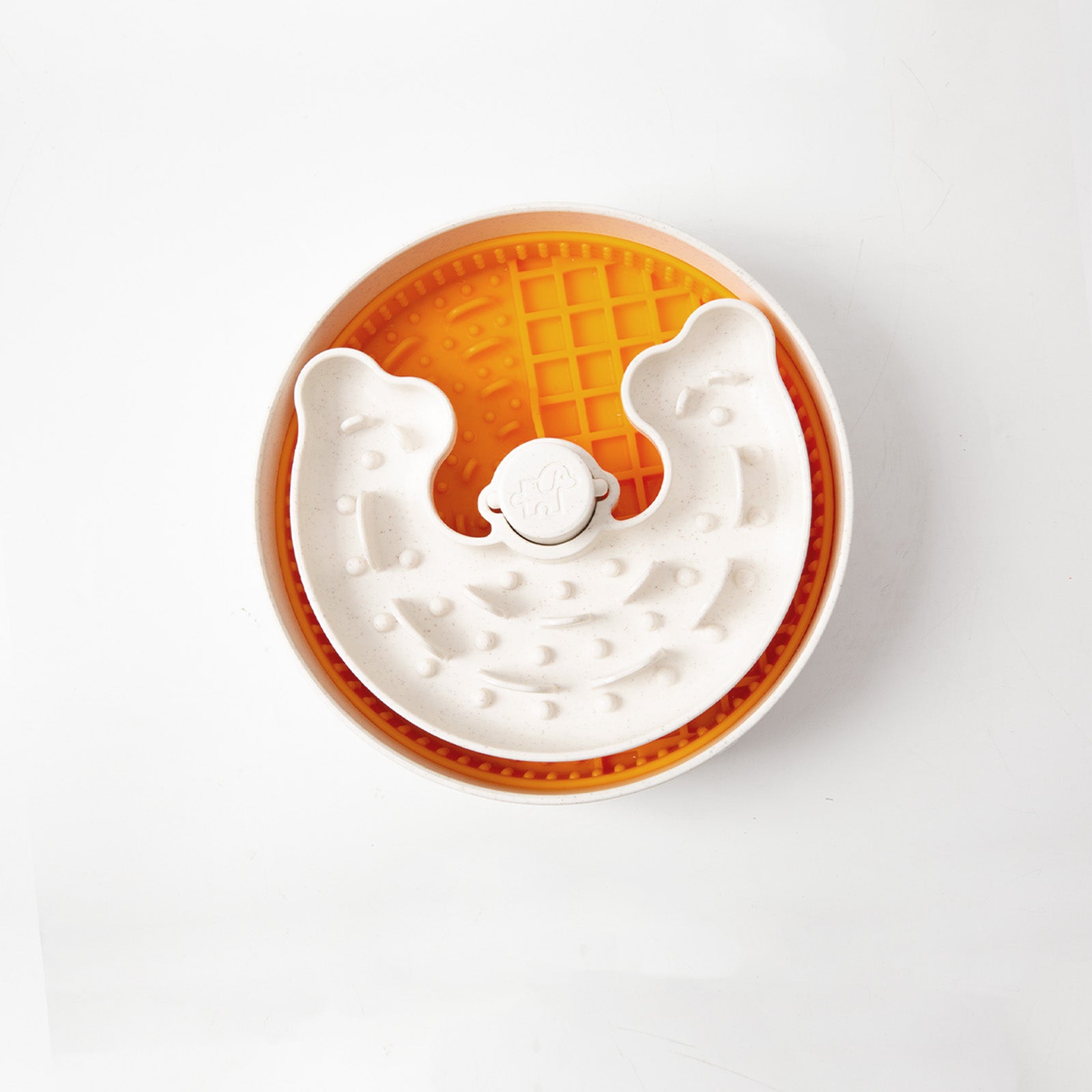What is Dog Bloating and Why is it Dangerous?
Dog bloating, or gastric dilatation-volvulus (GDV), is a life-threatening emergency where a dog's stomach rapidly fills with gas, food, or fluid and twists on itself.
This twisting blocks blood flow and traps stomach contents, leading to severe consequences like reduced circulation, stomach tissue damage, and systemic shock. Without immediate treatment, GDV can be fatal within hours, making early recognition and action critical.

Recognizing Dog Symptoms of Bloat - Early Warning Signs
Early signs of bloat include restlessness, excessive drooling, unproductive attempts to vomit, abdominal swelling, rapid breathing, pale gums, and weakness. A bloated dog may also exhibit discomfort, whining, or assume the "prayer position."
Symptoms can escalate from mild to life-threatening in a short time, so prompt veterinary attention is essential.
Dogs Belly Distended - Visual Indicators of Bloat
A distended abdomen is a key sign of bloat. Look for a visibly swollen, hard stomach that may appear drum-like. In deep-chested breeds, swelling might be less obvious, so monitor for other symptoms like heavy breathing or signs of pain. Any sudden change in abdominal size warrants immediate action.
Dog's Stomach Flipping - Understanding Gastric Dilatation-Volvulus (GDV)
GDV occurs when the stomach fills with gas or fluid and twists, blocking blood flow and trapping contents. Symptoms of a twisted stomach in dogs include restlessness, unproductive retching, abdominal swelling, and collapse.
This condition progresses rapidly, causing systemic effects like reduced blood flow and toxin release. Emergency surgery is often needed to untwist and secure the stomach.

What Causes Bloat in Dogs - Risk Factors and Triggers
Bloat is more common in large, deep-chested breeds like Great Danes and German Shepherds. Key risk factors include eating one large meal daily, eating too quickly, or consuming food from elevated bowls. Stress, genetics, and lean body condition can also contribute. Reducing these risks is crucial, especially for high-risk breeds.
How to Prevent Twisted Stomach in Dogs - Preventive Measures
Preventing bloat involves:
- Feeding smaller, more frequent meals
- Avoiding elevated food bowls
- Slowing eating with puzzle feeders™ or slow-feeder bowls
- Waiting an hour after meals before exercise
- Mixing wet food with dry kibble to reduce air intake
- Managing stress levels and maintaining a healthy weight
Puzzle feeders™ are slow feeder dog bowls that are particularly effective in preventing bloat. These tools slow down eating by making dogs work for their food, reducing the risk of swallowing air and promoting mindful eating. They also provide mental stimulation, making mealtime engaging and beneficial.

For high-risk dogs, consider prophylactic gastropexy surgery to secure the stomach and prevent twisting. Managing stress and being vigilant about early symptoms further reduces the risk of this condition.
Bloat in Dogs Timeline - Progression and Urgency
Bloat can develop within minutes to hours, progressing rapidly from mild discomfort to critical distress. Symptoms like restlessness, unproductive retching, and abdominal swelling demand immediate veterinary care. Early intervention, including stomach decompression and surgery, is vital for survival.

Why a Puzzle Feeder™ is Great to Prevent Dog Bloating
Puzzle feeders™ are a powerful tool in reducing the risk of bloat, especially for dogs that eat too quickly. By slowing down the eating process, they help minimize air intake, a common contributor to bloating.
These feeders distribute food in small portions, requiring dogs to work for their meals, which not only prevents rapid eating but also provides mental stimulation and stress relief.
For dogs prone to bloat, incorporating puzzle feeders™ into their feeding routine can make a significant difference. Combined with other preventive strategies, they are an effective way to keep your dog healthy and reduce the risk of GDV.



















Leave a comment
All comments are moderated before being published.
This site is protected by hCaptcha and the hCaptcha Privacy Policy and Terms of Service apply.